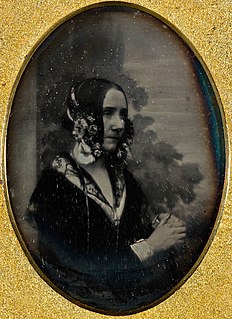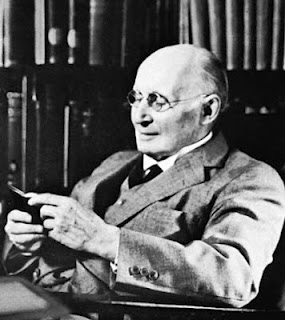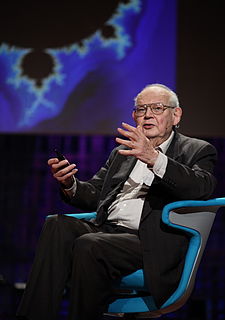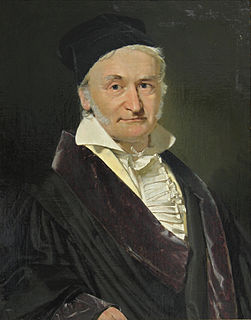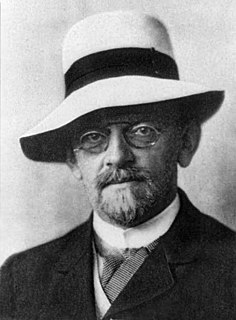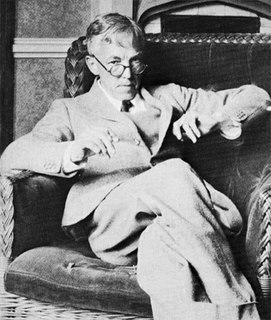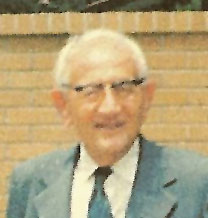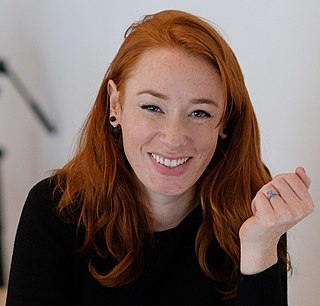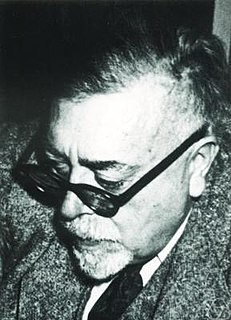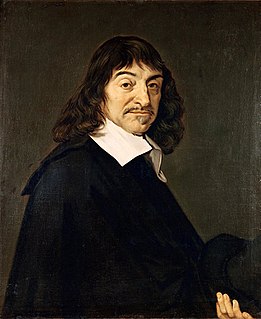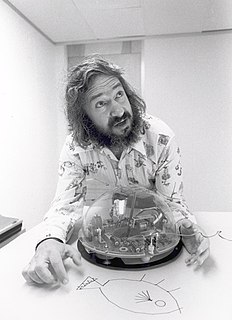Top 13 Quotes & Sayings by Michael Atiyah
Explore popular quotes and sayings by a British mathematician Michael Atiyah.
Last updated on April 13, 2025.
I think it is said that Gauss had ten different proofs for the law of quadratic reciprocity. Any good theorem should have several proofs, the more the better. For two reasons: usually, different proofs have different strengths and weaknesses, and they generalise in different directions - they are not just repetitions of each other.
Everything useful in mathematics has been devised for a purpose. Even if you don't know it, the guy who did it first, he knew what he was doing. Banach didn't just develop Banach spaces for the sake of it. He wanted to put many spaces under one heading. Without knowing the examples, the whole thing is pointless.
In the broad light of day mathematicians check their equations and their proofs, leaving no stone unturned in their search for rigour. But, at night, under the full moon, they dream, they float among the stars and wonder at the miracle of the heavens. They are inspired. Without dreams there is no art, no mathematics, no life.
It is hard to communicate understanding because that is something you get by living with a problem for a long time. You study it, perhaps for years, you get the feel of it and it is in your bones. You can't convey that to anyone else. Having studied the problem for five years you may be able to present it in such a way that it would take somebody else less time to get to that point than it took you. But if they haven't struggled with the problem and seen all the pitfalls, then they haven't really understood it.
I'm not the sort of person who does my mathematics writing on paper. I do that at the last stage of the game. I do my mathematics in my head. I sit down for a hard day's work and I write nothing all day. I just think. And I walk up and down because that helps keep me awake, it keeps the blood circulating, and I think and think.
If theory is the role of the architect, then such beautiful proofs are the role of the craftsman. Of course, as with the great renaissance artists, such roles are not mutually exclusive. A great cathedral has both structural impressiveness and delicate detail. A great mathematical theory should similarly be beautiful on both large and small scales.
If you attack a mathematical problem directly, very often you come to a dead end, nothing you do seems to work and you feel that if only you could peer round the corner there might be an easy solution. There is nothing like having somebody else beside you, because he can usually peer round the corner.

